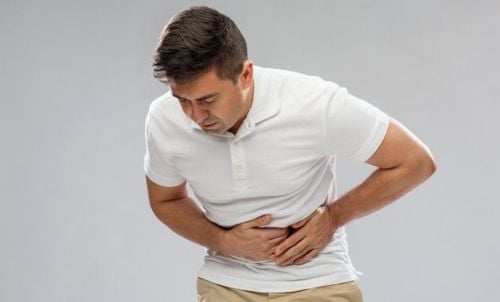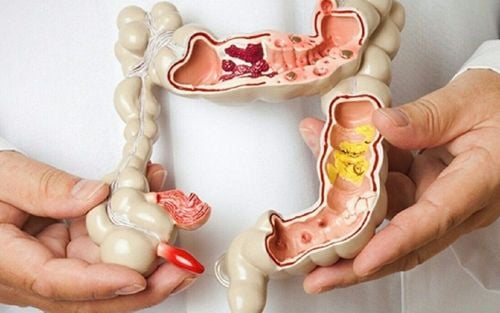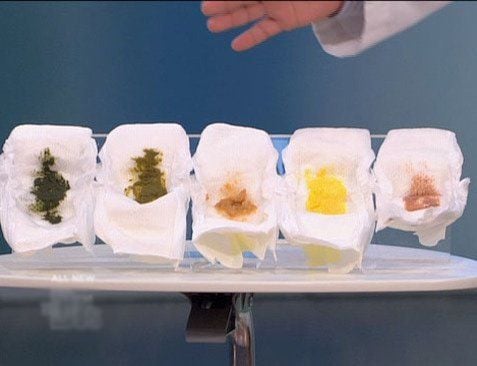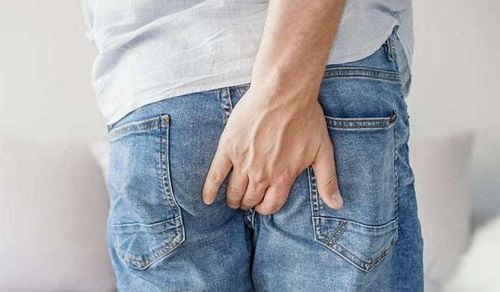This is an automatically translated article.
The article was written by Specialist Doctor II Tran Van Quang - Pediatric Center - Vinmec Times City International Hospital.Colorectal polyps are a fairly common disease in children, the incidence is 1-5%. In young children with colorectal polyps, the disease often presents with fresh and prolonged bloody stools. In our country, colorectal polyps in children have not been paid much attention, especially at the primary health care level and hospital clinics. Clinical diagnosis and rectal examination can identify most cases of colorectal polyps. Colonoscopy with flexible scope is the most valuable technique for the diagnosis and treatment of colorectal polyps.
1. Expression of colorectal polyps in children
The prominent clinical manifestations of colorectal polyps are bloody stools, and fresh blood dripping at the end of the yard accounts for 94.2%, the blood may cover the stool with stripes. This is the main reason for bringing patients to the hospital.Children may have bloody mucus stools with the rate of 12.8%. Bloody stools are common in patients with rectal polyps close to the anus, so they can cause irritation that can easily be confused with dysentery.
Sometimes polyps can rupture on their own which can cause acute blood loss that is life-threatening if not treated promptly.
Polyps can also protrude out when the polyp is in a low position, causing burning pain for the patient.
The above symptoms are usually quite continuous and last from several months to years. According to a study by Doctor Tran Van Quang at Vinmec International General Hospital, the majority of children with colon polyps were diagnosed with bloody diarrhea of unknown cause (54.7%), dysentery syndrome 22.3%. , hemorrhoids... Only a small number of children are properly diagnosed as colorectal polyps, so in many cases, children need to use many antibiotics unnecessarily. This shows that many frontline doctors have not paid attention to colorectal polyps in children.
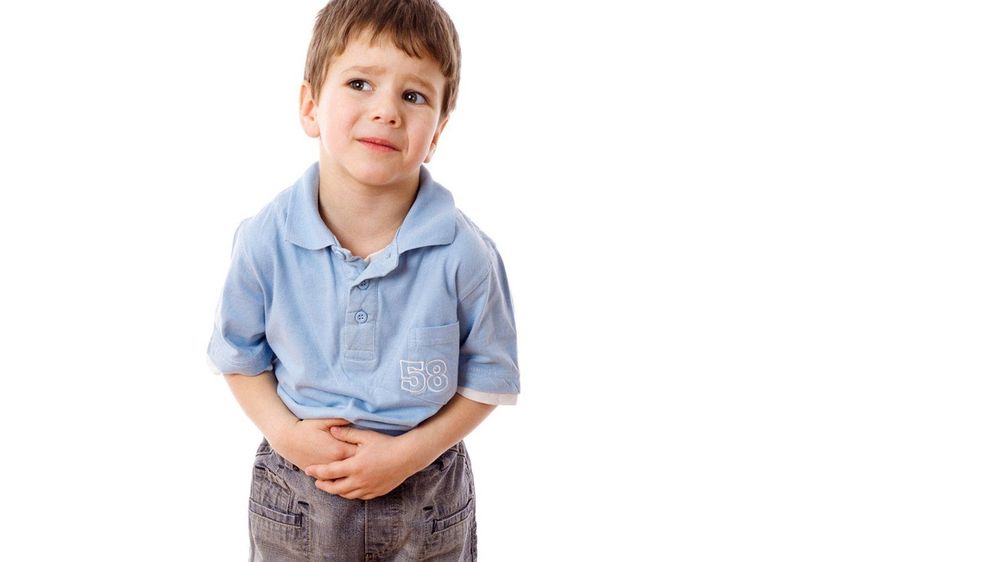
Polyp đại trực tràng ở trẻ em
2. Complications of colorectal polyps in children
Children's polyps are mostly juvenile polyps (Juvenile polyps), are usually benign, localized mainly in the rectum and sigmoid colon 87.6%, Children's colon polyps are usually solitary, pedunculate, and large in size. polyps 0.5-1cm. However, there are also many cases of polyps 2-3 cm large or from a few polyps to hundreds of polyps in the colon.For many cases of polyps, which are FAP familial polyposis, many family members have the disease, polyps are numerous in not only the colon but also in the small intestine, often with a severe prognosis and a tendency to develop into high malignancy. Some may be encountered in Peutz-Jeghers syndrome, in addition to polyps in the intestines, there may be dark pigmented patches in the mouth, hands... often the prognosis is also conservative.
3. Diagnosis and treatment of colorectal polyps in children
To diagnose and treat colorectal polyps requires colonoscopy and polyp removal during colonoscopy. Colonoscopy is a difficult technique that requires high technique, but it is a fairly safe procedure.During colonoscopy, the patient has a colonoscopy to check the entire colon, if polyps are detected, they will be cut and stopped bleeding, in each colonoscopy if the patient has many polyps, 50-60 polyps can be removed, polyp specimens will be removed. sent for pathology to determine the type of lesion.
After laparoscopic polypectomy, the majority of people are stable and can be discharged after a few hours of follow-up. Those at risk of bleeding need longer follow-up. After surgery, most of the children had no symptoms of bleeding, only a very small number of polyps could recur.




